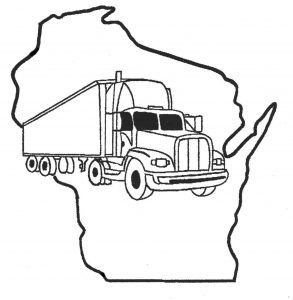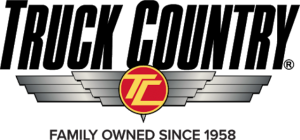
SPONSORED BY

Want to become certified?
The course below is applicable toward NATMI’s nationally recognized, university accredited certification programs. Taking the course is the first step toward earning a credential that will help you become a more competent professional, earn industry recognition and credibility in court testimony. If you have the job experience, you can pay one lump sum that covers all fees for certification, and compete the process within a 60-day time frame – or less.
How to Become Certified
- Certified Director of Maintenance/Equipment (CDM/E): 5 Years in fleet maintenance management
- Certified Supervisor of Maintenance/Equipment (CSM/E): 2 Years in fleet maintenance profession
| NATMI Certification Program Overview | |
| Certification Category: | CDM/E and CSM/E |
| Job Experience Required: | 5 years in fleet maintenance for the Certified Director of Maintenance/Equipment (CDM/E) designation 2 years for the Certified Supervisor of Maintenance/Equipment (CSM/E) designation Job experience only required for certification applicants – no prerequisite for attending the training course only |
| Course requirement: | Essentials of Fleet Maintenance Management |
| Exam: | Certification examination following the training courses |
| Online submission following the course: | Submit online certification application and background data within 60 days of classroom training and exam |
Fees for Professional Certification Applicants:
All-inclusive tuition for Accelerated Certification School Program (includes both course fees, NATMI membership fee, certification kit and certification application fee):
CDM/E or CSM/E certification- $1,295
Essentials of Fleet Maintenance Management Course Only- $880 members / $1,080 Non-members
Essentials of Fleet Maintenance Management Course Description
This course is the only required course for the Certified Supervisor of Maintenance/Equipment (CSM/E) and the Certified Director of Maintenance/Equipment (CDM/E) designation.
This program covers topics essential to effective management and administration of fleet maintenance operations. Students learn how to cut costs through efficient use of personnel, equipment, and technology, while complying with government regulations affecting maintenance operations.
Essentials of Fleet Maintenance benefits:
- Learn to schedule work effectively;
- Learn effective information management and use of computer technology in maintenance;
- Develop supervision skills to motivate technicians;
- Learn essential preventative maintenance skills;
- Learn how to deal with upper management effectively;
- Learn how to develop, track and evaluate training programs;
- Learn how to present effective meetings and programs; and
- Understand the regulations that cover maintenance operations
Day 1 Topics-
Introduction to Fleet Management: purpose and fundamentals of fleet maintenance management, the role of the fleet maintenance manager, and the skill sets and personality traits that help a manager succeed.
Maintenance and Repair Strategies: the main categories of maintenance, the benefits of planned maintenance, and legal requirements for maintaining vehicles; the three types of planned maintenance; unplanned repairs and failure analysis.
Maintenance Technology: Issues to consider when implementing fleet maintenance software in your shop. Overview of Vehicle Maintenance Reporting Standards (VMRS) and asset codes.
Laws and Regs: regulations shop managers need to know, including key Federal Motor Carrier Safety Administration (FMCSA), Occupational Safety and Health Administration (OSHA) and Environmental Protection Agency (EPA) regulations, as well as the Commercial Vehicle Safety Alliance (CVSA) Out-of-Service Criteria.
Budgeting: developing a maintenance department budget, different categories of expenses, and determining cost-per-mile or cost-per-hour.
Human Resources: Hiring effectively, complying with labor laws, and evaluating and coaching for performance improvement.
Day 2 Topics-
Training: benefits of training, identifying training needs, implementing effective training programs, evaluating training quality, and tracking employee training progress.
Specifications and Purchasing: the process of determining what your fleet needs, then bidding out and purchasing the needed equipment.
Warranty: the importance of warrantees and how to make the most of them.
Shop Operations: maximizing staff operations, including staff and equipment utilization, productivity and performance management.
Shop Audits: the process of auditing your shop operations and practices.
Shop Design: important considerations for designing and building a fleet maintenance facility; shop design best practices, and fuel station planning.
